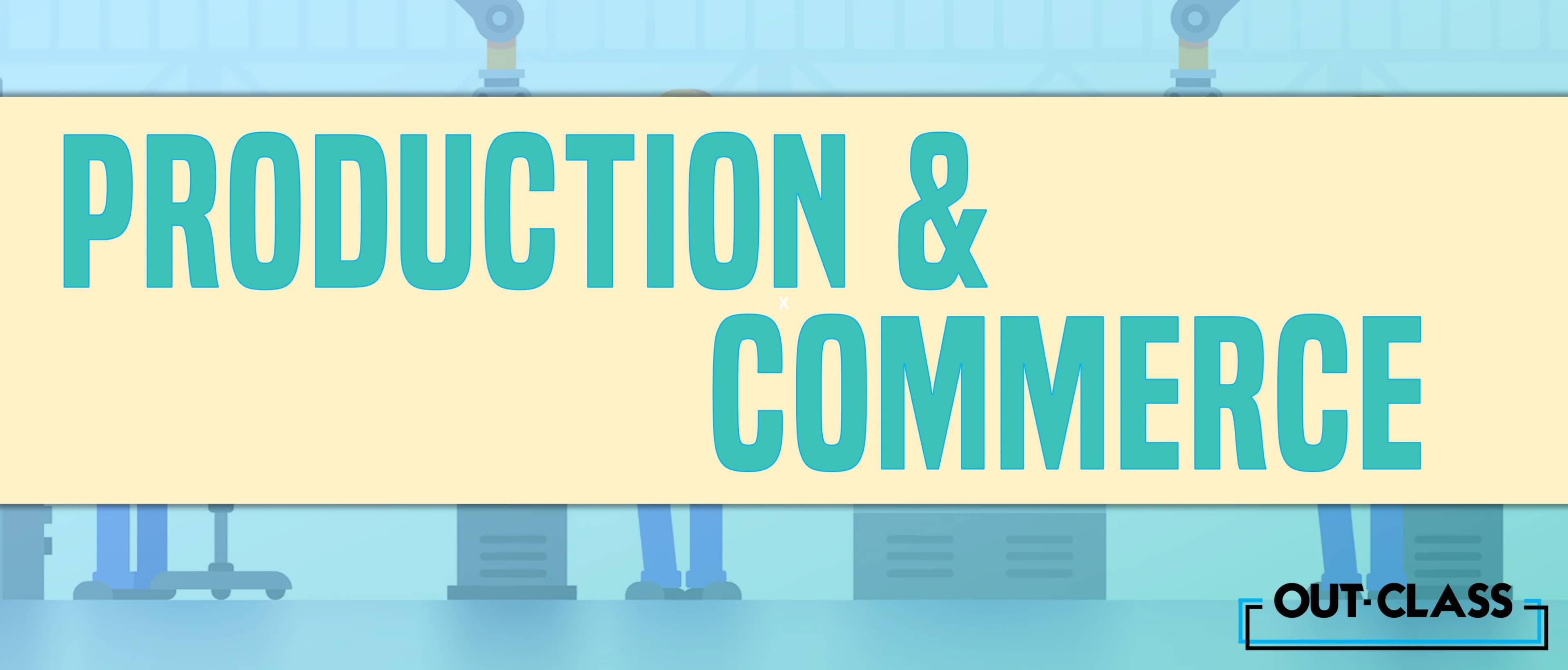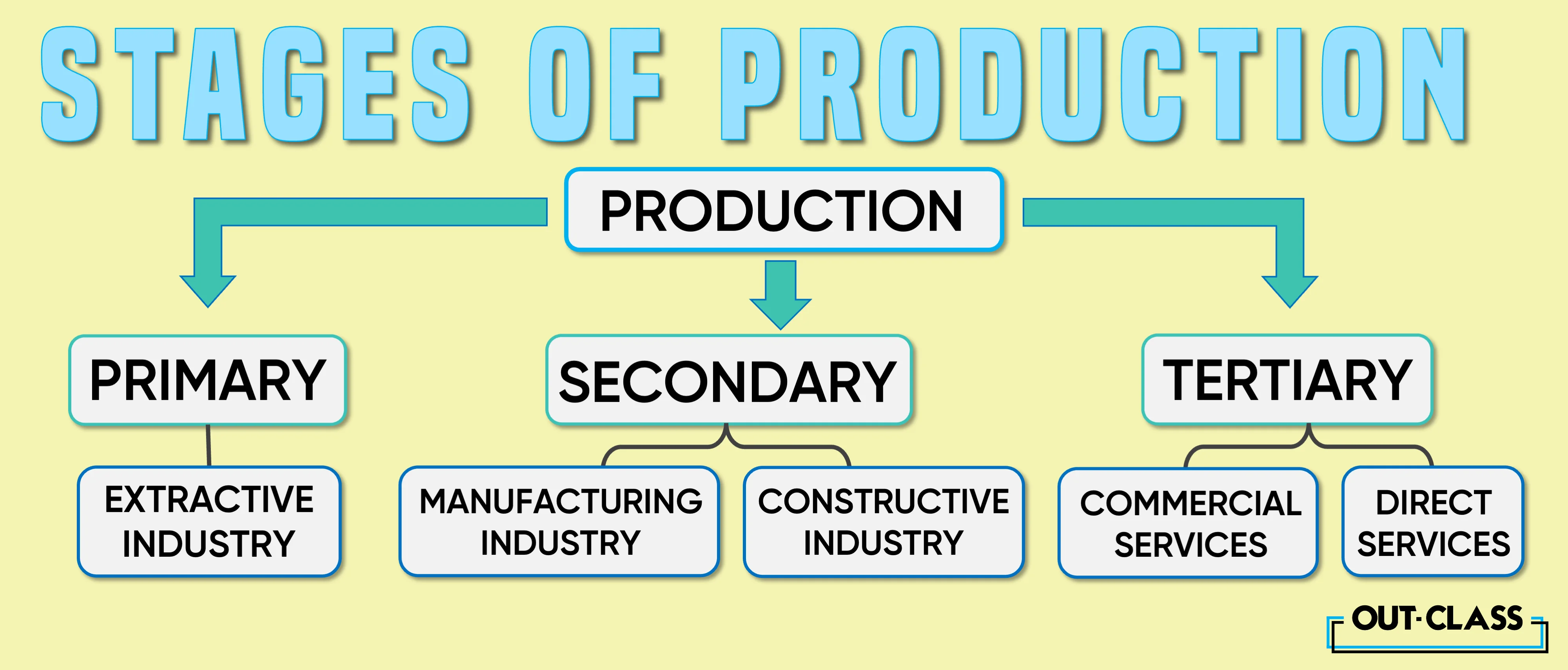O Level Commerce (7100) is quite fascinating as it delves into how various types and factors of production interlink with each other and the broader concept of commerce and trade.
Relationship Between Commerce and Production
Now, how does production relate to commerce? Well, they're like two peas in a pod. Commerce refers to the trading of goods and services. On the other hand, production facilitates the trade. Production feeds into commerce, and the demand from commerce, in turn, influences production. It is a symbiotic relationship where each depends on the other.
What are the Factors of Production in Commerce
When we talk about factors of production in commerce, we're referring to the resources needed to create essentially goods and services. These include land, labour, capital, and entrepreneurship. Each factor of production plays a crucial role in the production process, contributing to the creation and distribution of goods and services within the market.
Stages of Production in Commerce
Production isn't a one-step process. It's a step-by-step journey involving several stages.
- Stage 1: Ideation and Design Phase
- Stage 2: Actual Production or Manufacturing
- Stage 3: Quality Assurance
- Stage 4: Delivery of the Product
Each stage is essential in ensuring the final product is of high quality and meets market demands.
Types of Production in Commerce
When we talk about production in the realm of commerce, we're primarily discussing how goods and services are created. There are multiple types, but two major ones are primary and secondary production.
Primary Production:
Primary production involves extracting natural resources - think of mining, agriculture, and fishing. It is the backbone of all production processes. It is the extraction or harvesting of natural resources.
Examples of Primary Production:
Agriculture, mining, forestry, and fishing are classic examples of primary production as this stage provides the raw materials which are needed for secondary production and are essential for sustaining the production cycle.
Secondary Production:
Secondary production takes these raw materials and transforms them into products – like turning iron ore into steel or wheat into bread.
Examples of Secondary Production in Commerce
Let's delve into some examples of secondary production. This stage is where raw materials are transformed into finished goods. For instance, refining crude oil into petrol, when turning cotton into clothing, or manufacturing electronics from various components. These processes add value to the raw materials and make them suitable for consumer usage.
Direct and Indirect Production in Commerce
There are two types of production: direct and indirect. Direct production refers to the creation of goods and services directly used by consumers, like bread from a bakery. Indirect production, however, involves producing goods used in further production processes – like the machines used in a factory.
Difference Between Direct and Indirect Production in Commerce
The primary difference between direct and indirect production lies in their end-use. Direct production satisfies the immediate consumer needs, while indirect production caters to producing tools or machinery that aids further production. An example is car production (direct production) versus production of the equipment used to manufacture the car (indirect production).
In conclusion, it is critical for anyone working in the business sector to comprehend the intricacies of manufacturing and how they relate to trade. Every kind and phase of production has an important impact on how we trade and consume products and services, as well as contributing to the economic cycle. Understanding these ideas can help you navigate the connected world of production and commerce more effectively.
For production, don't forget to deep dive into the Out-Class O Level Commerce course videos!





